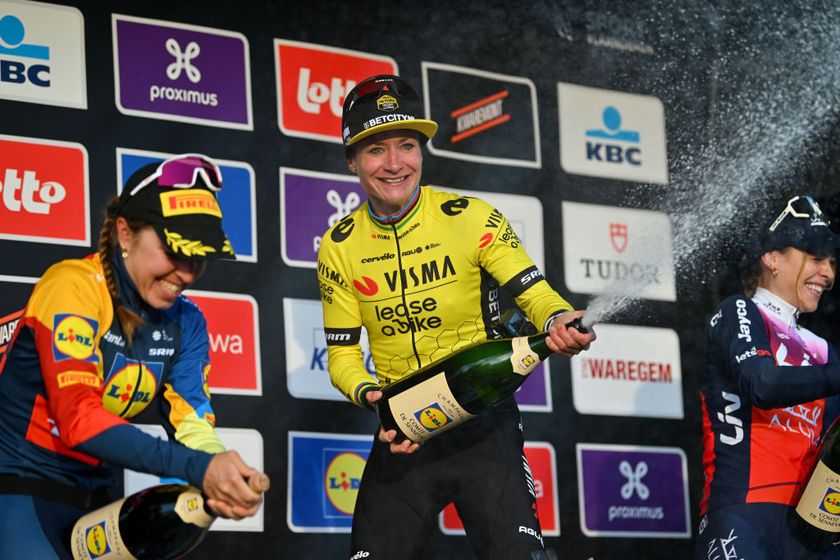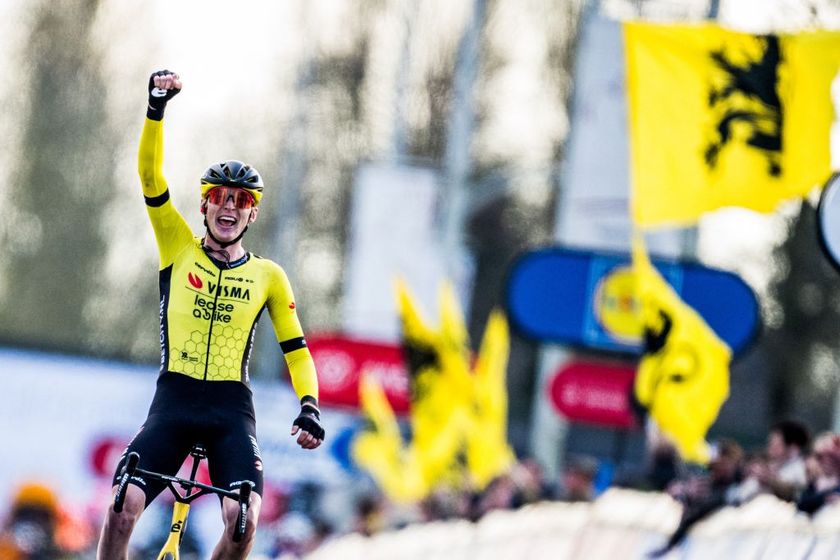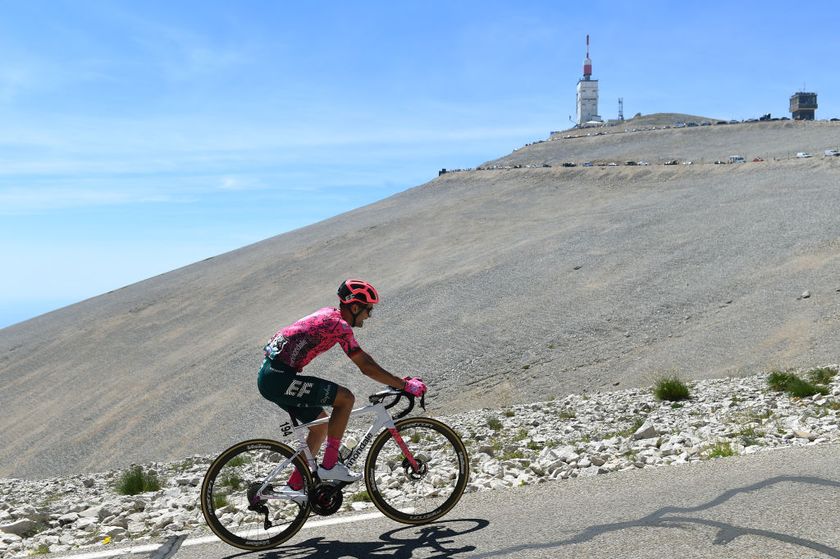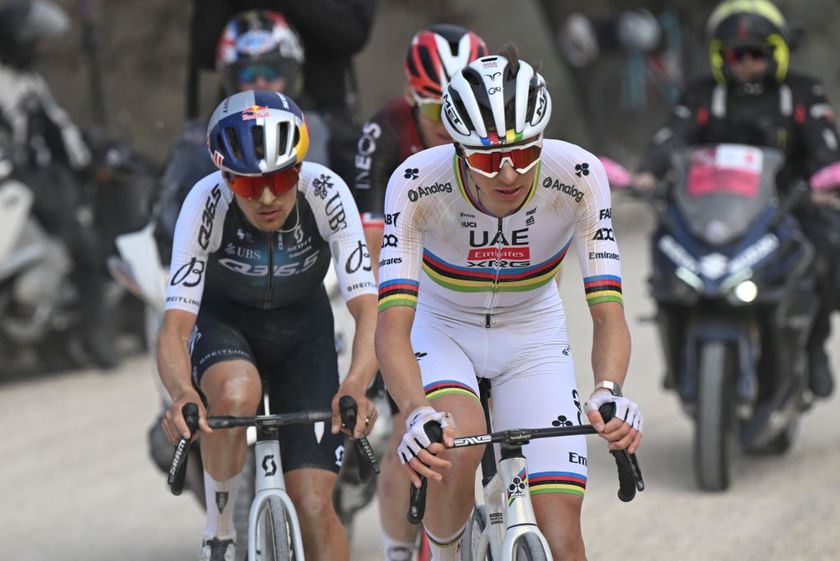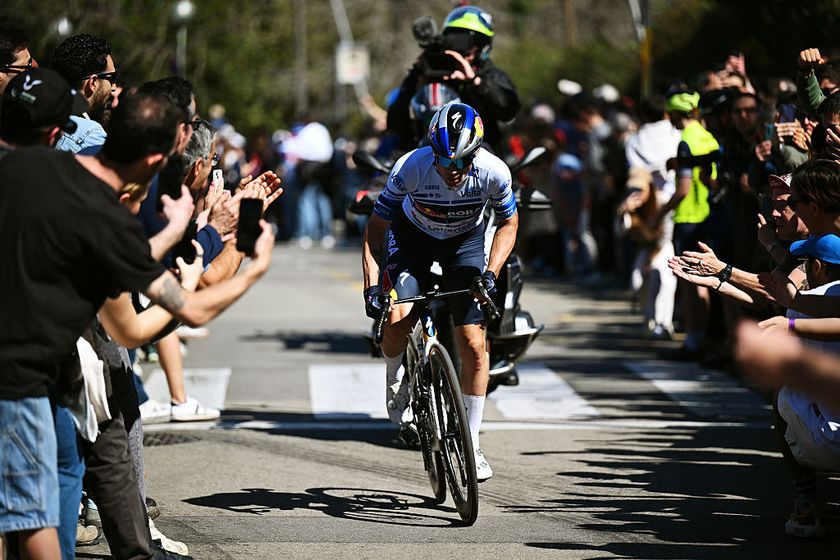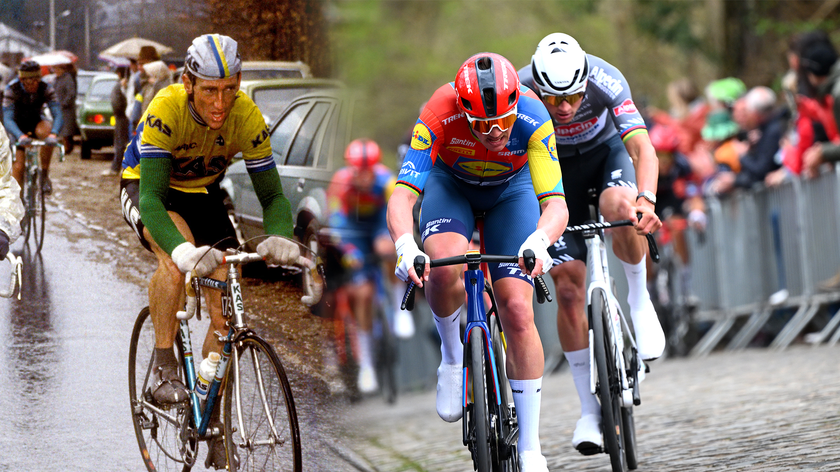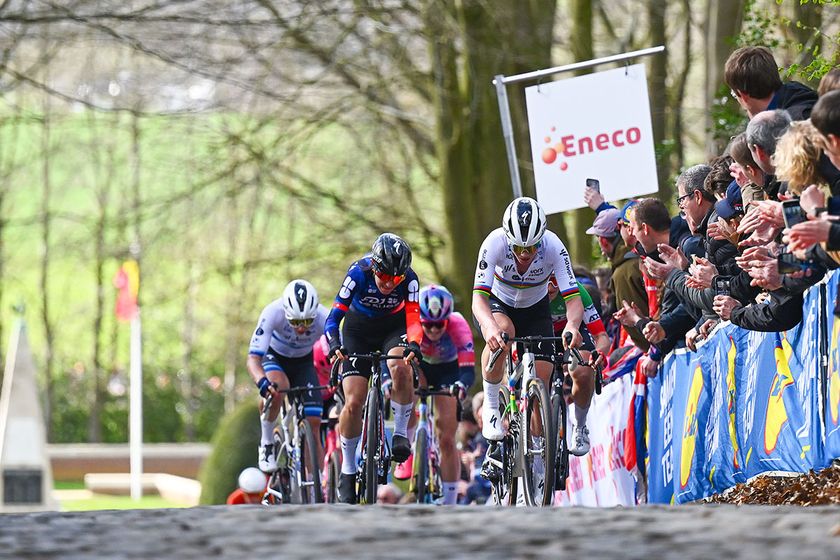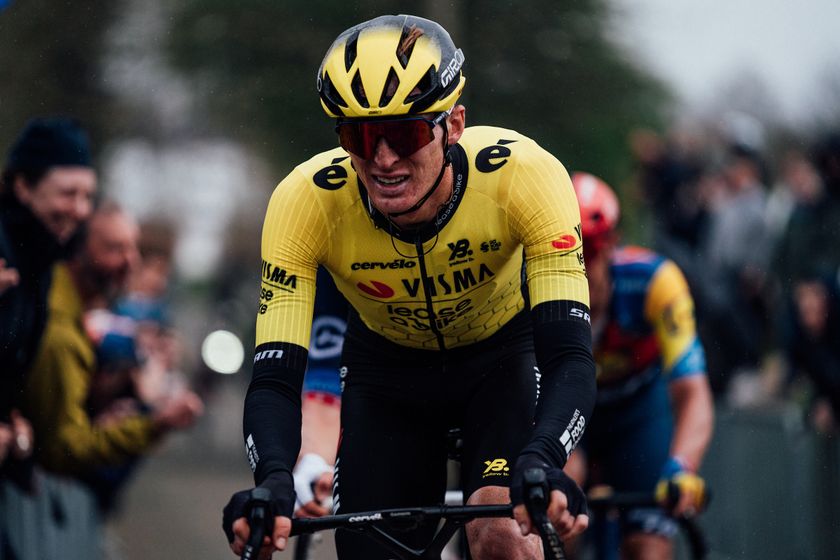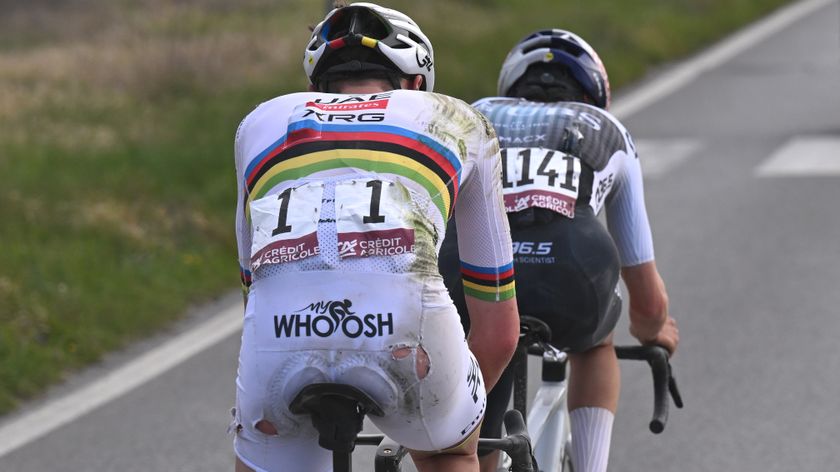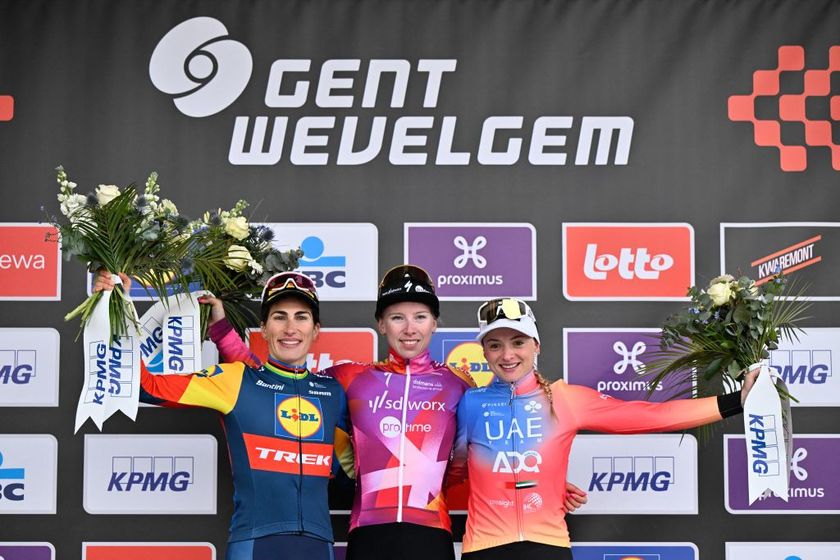La Madonna del Ghisallo – the Patron Saint of Cycling
There are many places in the world that boast to be the spiritual home of cycling: the twenty-one...




News Feature, October 17, 2008
There are many places in the world that boast to be the spiritual home of cycling: the twenty-one hairpins of Alpe d'Huez, the pavé of the Arenberg Forest, and the Muur van Geraardsbergen among them. Nothing though, really can claim the spiritual tag like the small chapel that sits at the top of Madonna del Ghisallo. Cyclingnews' Ben Atkins stopped by to take a look at the climb that plays a prominent place in this weekend's Giro di Lombardia.
Legend has it that in mediaeval times, a local count was being attacked by bandits when he saw an apparition of the Virgin Mary, and running towards this vision saved him. Thus, the Madonna del Ghisallo became the patroness of travellers. Then, in 1949 a local priest managed to persuade Pope Pius XII to admit her as the patroness of cyclists. Since then, the small chapel has become a shrine to cycling legends, both living and deceased, and provides a memorial to those who have fallen in our sport.
Being an almost permanent fixture on the percorso of the Giro di Lombardia – as well as featuring regularly in the course of the Giro d'Italia – has kept the chapel in the forefront of the cycling world over the years and a collection of cycling memorabilia that would be the envy of any museum has accumulated inside. The walls of the tiny chapel are almost covered in pennants of cycling clubs from all over the world, jerseys from champions of the recent and distant past, and most prominently, a selection of bikes that have made history.
Probably the most famous artefact in the collection is the crumpled bike of 1992 Olympic champion Fabio Casartelli – the one that he was riding when he crashed on the descent of the Col de Portet d'Aspet during the 1995 Tour de France. Casartelli was from nearby Como, and his death is still mourned greatly by fans in the area, the bent forks of his bike tell the story of his tragic end. On prominent display to one side of the room is a picture of Marco Pantani. There are none of his bikes or jerseys on display, simply this framed photo of him taking a stage victory on the way to victory in the 1998 Giro d'Italia.
Other bikes on display around the top of the building are from such great champions as Felice Gimondi, Gianni Motta, Francesco Moser, Gino Bartali and Eddy Merckx. Jerseys are on display from world champions as diverse as Alfredo Binda, Giuseppe Saronni and Mario Cipollini, as well as maglie rosa from Gilberto Simoni and Stefano Garzelli. One of the more recent additions to the wall is a Barloworld jersey accompanied by a picture of former South African champion Ryan Cox, who sadly died last year.
An entire wall of the chapel is covered in small mounted pictures: the faces of, mostly unknown riders, who have died before their time. Most of these obviously date from many years ago, but some are quite recent. In the centre of the chapel, an internal flame (which is actually an electric light) burns for all of us on two wheels. Whatever your religious persuasion – or lack of it – it's impossible to not feel a great sense of awe when surrounded by all of this history and reverence to the champions of our sport.
Get The Leadout Newsletter
The latest race content, interviews, features, reviews and expert buying guides, direct to your inbox!
Museo del Ciclismo
Partly because the collection of cycling artefacts accumulated was becoming far too big for the small chapel, a purpose-built Museo di Ciclismo has been created nearby on the mountaintop. In contrast to the traditional style of the chapel of the Madonna, the ultra-modern museum building is cut into the very side of the mountain itself – its massive plate glass windows affording breathtaking views of the Lombardia hills and the Lago di Lecco below.
The Fondazione Museo del Ciclismo-Madonna del Ghisallo was created in 2000, and its first action was to organise a torch relay from the chapel to the Vatican, delivering it to the then Pope John Paul II. As construction neared completion, on 31 May 2006, Pope Benedict XVI blessed the final stone to be laid, inscribed with the words: "Omnia Vincit Amor" (Love conquers all). Consequently, the link between the museum and the Roman Catholic Church is maintained almost as strongly as that of the chapel itself.
Inside, the museum charts the history of cycling and cycle racing that there is obviously no room for inside the small chapel of the Madonna. The collection of bikes on display ranges from a World War I Bianchi (even the practicalities of camouflage in conflict could not dissuade the grand old company from its signature celeste paint!) to a carbon fibre Colnago Ferrari CF4, and everything in between.
As with most things in Italian cycling, by far the most homage is paid to Fausto Coppi and Gino Bartali. A number of bikes belonging to il Campionissimo and il Pio are displayed – in un-restored state – in a central glass cabinet, as well as jerseys worn by both riders. There are also busts and a number of pictures of the two men whose exploits on the road divided Italy.
Other bikes on display include Giuseppe Saronni's 1982 World Championship winning Colnago, an Eddy Merckx from his World Championships of 1974, as well as one from his 1972 Giro di Lombardia victory. An hour record theme is present along one wall, featuring Coppi's 1942 Legnano, Francesco Moser's whacky looking 1984 bike with the enormous rear disc, and Tony Rominger's Colnago from 1994.
One of the most interesting exhibits is a 1947 Bianchi, thought to be the first ever racing bike to be made from aluminum. By the looks of the narrow tubes, it must have been much lighter than its steel brethren, but also much more flexible. Despite this, respect must go out to the designers for building a bike from a material so much ahead of their time.
As well as all the bikes and jerseys, there is a fascinating collection of original newspapers including a l'Auto from 1903, announcing the start of their first ever Tour de France. A selection of front pages from la Gazzetta dello Sport – Italy's unmistakable pink sports daily that lends its colour to the leaders jersey of the Giro – charts some of the great exploits of riders like Gianni Bugno and Marco Pantani.
No trip to Lombardia was ever complete without a visit to la Madonna del Ghisallo, but with the creation of the Museo del Ciclismo that visit has become all the more worthwhile.
